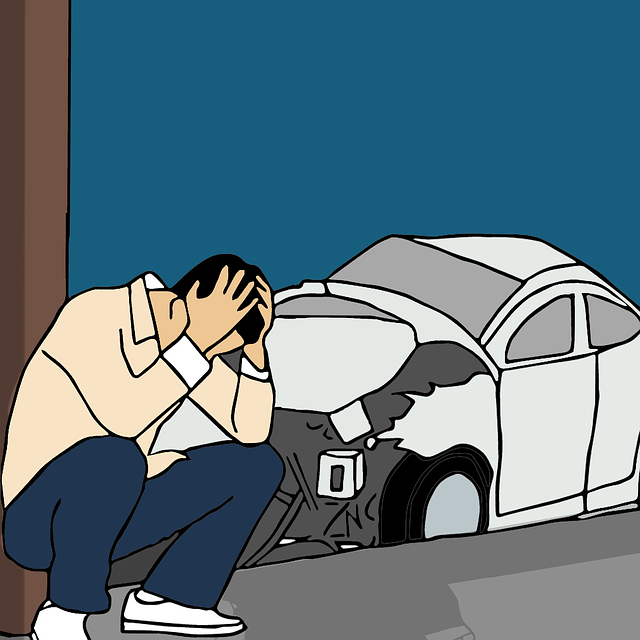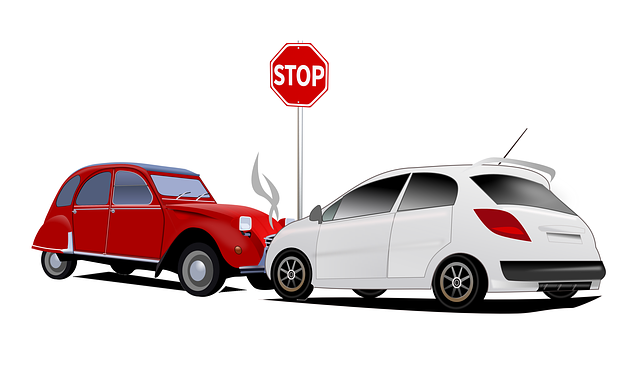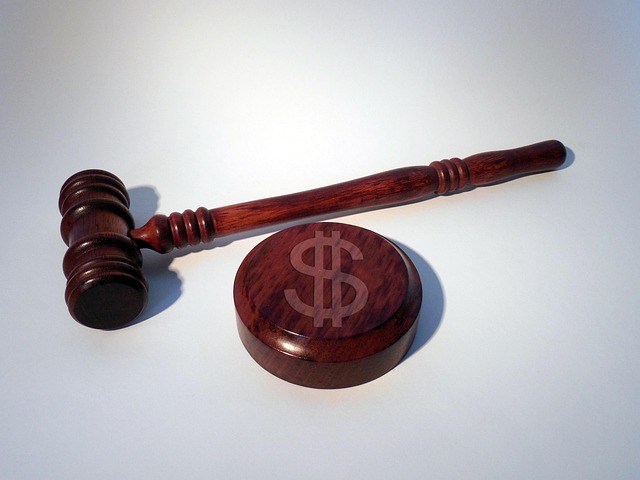In medical negligence injury lawsuits, establishing duty and breach is crucial. The duty of care requires proving healthcare providers had a legal obligation to exercise reasonable care based on their expertise and patient reliance. Breach occurs when they fail to meet this standard, evidenced by expert testimony, medical records, and patient histories. Specialized evidence is needed to validate claims in these cases, distinct from real estate or other disputes. Understanding the duty of care is vital for assessing liability and determining compensation in insurance and wrongful death scenarios related to medical negligence injuries.
“Medical negligence injuries can have profound impacts on patients’ lives, making it crucial to understand the evidence required to support a lawsuit. This article delves into the key components that establish a strong case for medical negligence, including duty and breach, causation and damages, and the vital role of medical records and expert testimony. By exploring these elements in detail, individuals affected by such injuries can navigate the legal process with clarity and confidence.”
- Establishing the Element of Duty and Breach
- – Defining medical professional's duty of care
- – Standards of care and their application
Establishing the Element of Duty and Breach

In a medical negligence injury lawsuit, establishing the elements of duty and breach is paramount. The duty element requires proving that a healthcare provider had a legal obligation to exercise reasonable care when treating a patient. This duty arises from the professional’s expertise and the patient’s reliance on their skills and judgment. For instance, a doctor who agrees to treat a patient assumes a responsibility to do so competently, adhering to accepted medical standards and practices.
Breach occurs when a healthcare provider fails to meet this standard of care. It involves demonstrating that the provider’s actions or inactions deviated from the recognized medical guidelines or best practices. Evidence such as expert witness testimony, medical records, and patient histories can help establish both duty and breach. In real estate litigation or other disputes like caregiver abuse, understanding these concepts is crucial; however, the focus on medical negligence injuries demands a distinct set of evidence to validate claims related to healthcare services.
– Defining medical professional's duty of care

In the context of medical negligence injuries, understanding the duty of care that medical professionals owe to their patients is paramount. This duty stems from the doctor-patient relationship and is grounded in the principle of providing competent and reasonable care. It involves a range of obligations, including obtaining informed consent, accurately diagnosing conditions, and administering treatment with skill and caution. The standard of care expected varies based on the medical specialty and specific circumstances, but it generally requires adherence to established medical protocols and practices.
Breaches of this duty can lead to serious consequences for patients. Evidence supporting a medical negligence injury lawsuit typically includes proof that a healthcare provider deviated from the accepted standard of care, resulting in harm to the patient. This may manifest as misdiagnosis, improper treatment, or failure to recognize and address a patient’s condition. Such breaches often arise from negligence, recklessness, or intentional misconduct. In cases involving insurance coverage disputes or even wrongful death claims, understanding the duty of care is crucial for assessing liability and determining appropriate compensation, distinguishing these situations from real estate disputes where property rights are at stake.
– Standards of care and their application

In the realm of medical negligence injuries, understanding the standards of care is paramount. These standards act as a benchmark for healthcare providers, outlining the level of skill and diligence expected during treatment. When a patient experiences an injury due to substandard care, it becomes grounds for a medical negligence lawsuit. The application of these standards varies based on the specialty and context; for instance, what constitutes acceptable care for a cardiologist differs from that of an orthopedic surgeon. Legal experts, often assisted by medical professionals, interpret these standards and determine whether a healthcare provider deviated from them, leading to patient harm.
An accident lawyer specializing in medical malpractice can play a crucial role in navigating this complex landscape. They help clients understand their rights and the evidence required to prove negligence, including medical records, expert opinions, and sometimes even employment contracts or insurance policies. In cases of car accident injuries or workplace incidents, the focus shifts to identifying the at-fault party and demonstrating how their actions—or lack thereof—contributed to the patient’s harm. Effective representation in such cases requires a deep understanding of both legal principles and medical practices.
Medical negligence injuries can have profound impacts on individuals’ lives, making it crucial to understand the evidence required to support a lawsuit. Establishing a duty of care and demonstrating its breach are fundamental steps in such cases. Medical professionals owe patients a standard of care, which involves adhering to accepted practices and guidelines. When this standard is deviated from, resulting in an injury, victims may have grounds for legal action. Evidence such as medical records, expert opinions, and witness testimonies play a vital role in proving negligence and securing justice for the harmed individual.






